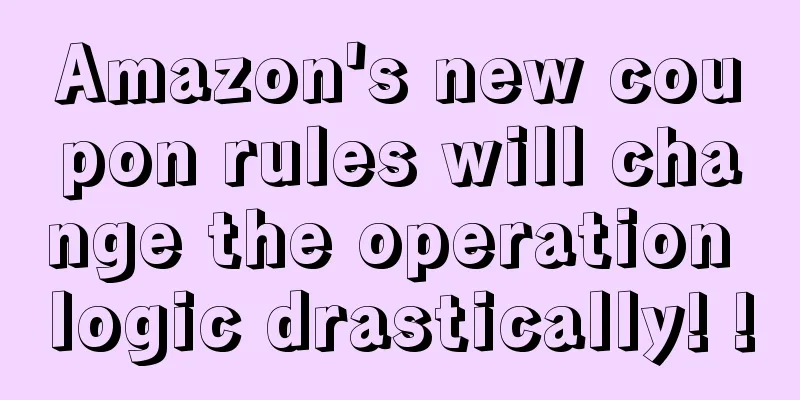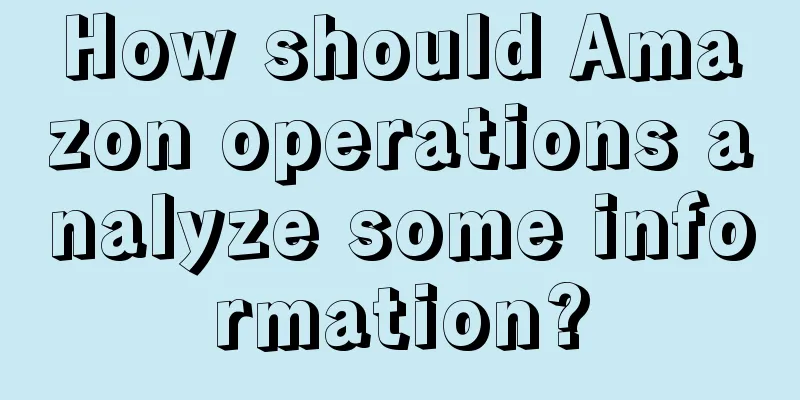What is transfer pricing? Transfer pricing review

|
Transfer pricing is a means of tax avoidance. Applicable to multinational companies Type of finance and tax compliance Transfer pricing refers to the business practice of pricing transactions within or between related companies to reduce taxes. In short, it is a major method of tax avoidance. In order to prevent the loss of fiscal revenue, many countries and local governments have passed legislation to prohibit or restrict transfer pricing transactions, classifying them as tax evasion. The pricing of goods, services, copyright fees, etc. between related companies (parent companies and subsidiaries within a corporate group, or two, three or more parent companies and subsidiaries). The price level may not conform to the principle of fair and independent transactions, and is not a free market market price. The means is to transfer the profits of one subsidiary to another subsidiary, with the purpose of tax avoidance. In a globalized economy, it is easier to use transfer pricing techniques to transfer profitable business to related companies located in tax havens, which can save taxes in tax planning. In order to maximize profits. Two methods of transfer pricing There are two methods of transfer pricing: one is to determine it on the basis of "cost plus price"; the other is to determine it on the basis of "negotiated price" between the buyer and seller. The former price is closely related to internal costs; the latter is dominated by extensive strategic restrictions. The key factor in deciding what kind of pricing to use in international transactions is whether the buyer can get the product from the outside. If the external market does not exist, the "cost plus price" formula is popular. The negotiated price is either higher than the market price or lower than the market price, hovering between the highest supply price and the lowest purchase price. The transfer pricing system actually used must be linked to the budget or profit target of the specific subsidiary to maintain the motivation of management. If the transfer pricing method affects the profit of a specific branch, then other criteria besides profit must be used as its operating goal. It is very complicated to implement the cost plus pricing method, and generally internal costs or external market prices are used as the basis. In the former case, if the unit being transferred from the previous stage to the next stage is a cost center, the transfer price is determined based on cost; if the unit is a profit center, the cost plus a certain percentage of gross profit is used as the pricing basis; for horizontal transfers between units engaged in the production of the same type of products, cost plus management fees are usually used as the pricing basis. In the latter case, the actual market price obtained from the international market is generally used as the pricing basis. Similarly, the determination of the negotiated price is also very complicated. For example, the determination of the price of technology transfer is very arbitrary, but ultimately depends on the bargaining power. Specific means of transfer pricing Transfer pricing tools 1) Transfer pricing through purchase and sales business between related enterprises. 2) Transfer pricing through labor services between affiliated enterprises. There are many kinds of labor services between foreign-invested enterprises and their overseas affiliated enterprises, and transfer pricing is easy to achieve. 3) Transfer pricing through capital flows between affiliated companies. This is mainly through the financing business between foreign-invested enterprises and their overseas affiliated companies. 4) Transfer pricing through the provision of equipment by affiliated companies. Transfer pricing methods 1) Determined on the basis of "cost plus price". The price of this method is closely related to internal costs. The key factor in determining what pricing to use in international transactions is whether the buyer can obtain the product from the outside. If the external market does not exist, the "cost plus price" formula prevails. The negotiated price is either higher or lower than the market price, hovering between the highest supply price and the lowest purchase price. The transfer pricing system actually used must be linked to the budget or profit target of the specific subsidiary to maintain the motivation of management. If the transfer pricing method affects the profit of a particular branch, then other criteria besides profit must be used as its operating goal. The implementation of the cost plus price method is very complicated, and generally uses internal costs or external market prices as the basis. In this case, if the unit being transferred is a cost center when production is transferred from the previous stage to the next stage, the transfer price is determined based on cost; if the unit is a profit center, the cost plus a certain percentage of gross profit is used as the pricing basis; horizontal transfers between units engaged in the production of the same type of products usually use cost plus management fees as the pricing basis. 2) The buyer and seller determine the price based on the "negotiated price". This is dominated by extensive strategic restrictions. In this case, the actual market price obtained from the international market is generally used as the pricing basis. Common Examples Since the corporate tax rate in mainland China is higher than that in Hong Kong (25% in mainland China and 16.5% in Hong Kong), some Chinese companies will set up branches in Hong Kong to purchase raw materials and sell them to the head office at a slightly higher price. This arrangement reduces the profits of mainland Chinese companies, but the tax burden of the entire group can be legally reduced while the overall profit remains unchanged. Similar arrangements can also be used for exports, where mainland Chinese companies sell to Hong Kong companies at a slightly lower price and then resell to other countries. |
<<: What is VESYNC? VESYNC Review
>>: What is UNIT808? UNIT808 Review
Recommend
Complaining about Amazon and my brother-in-law
I have been in contact with Amazon since I graduat...
What is Shoplazza? Shoplazza Review
SHOPLAZZA is a company that focuses on providing p...
Zuckerberg is learning from Musk? Will WhatsApp charge a subscription fee?
It is learned that due to Zuckerberg's ambitio...
What's the hottest seller in the rapidly growing U.S. outdoor market?
Outdoor spaces are becoming a popular activity ven...
What is Worldpay? Worldpay Review
Worldpay is a leading global payment service provi...
US anti-counterfeiting organization issues fake goods warning! Amazon, Walmart and other platforms are named
It is learned that on December 15, the US anti-cou...
What is Adsmarch? Adsmarch Review
Adsmarch was founded in 2017 and is a startup comp...
Inflation erodes consumer budgets! US holiday season online shopping orders will drop 5%!
<span data-docs-delta="[[20,"获悉,据外媒报道,由于消费...
What is KiwiCo? KiwiCo Review
Founded in 2011, KiwiCo is an e -commerce platform...
What is More4Motion? More4Motion Review
More4Motion is a website that specializes in selli...
What is Shopify Ping? Shopify Ping Review
Shopify Ping is a new APP launched by Shopify in 2...
Broken entrepreneurial dream: Two people started Amazon together, but now their relationship has completely broken down! How can I protect my own interests? What should I pay attention to in the content of the share agreement?
Anonymous user My C position Situation summary: Tw...
What is Social Blade? Social Blade Review
Social Blade is an Internet video statistics websi...
What is Sino-German Venture Capital? Sino-German Venture Capital Review
Sino-German Venture Capital (Shenzhen Sino-German ...
COSCO SHIPPING Holdings makes 240 million yuan a day, with an expected profit of 89.3 billion yuan! Are all sellers working for shipping companies?
In 2021, a turbulent year, the hearts of cross-bor...









